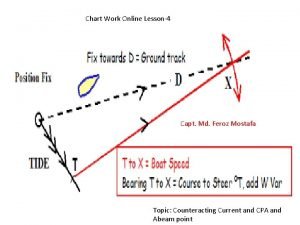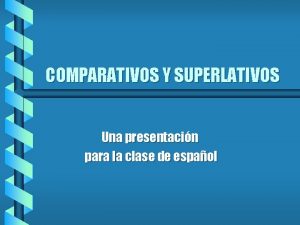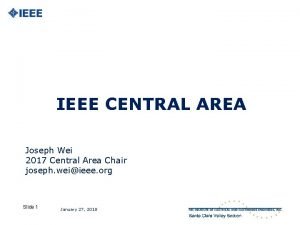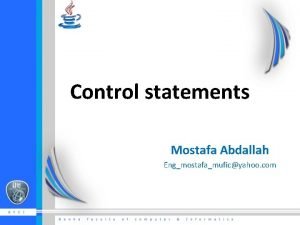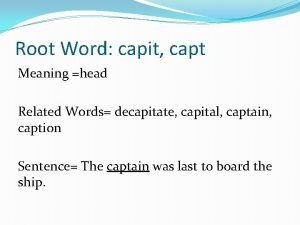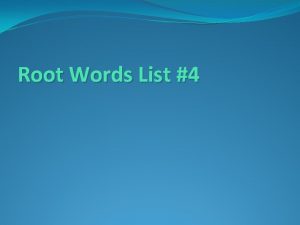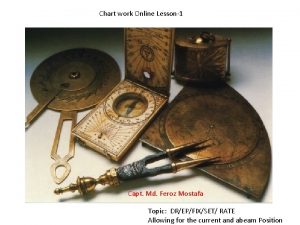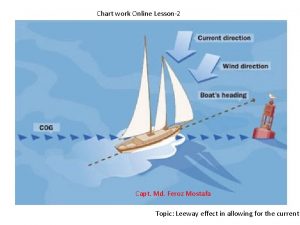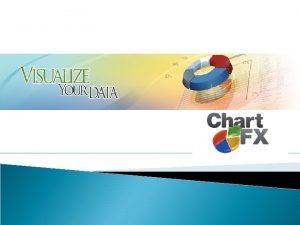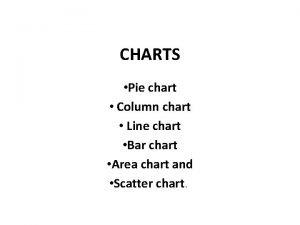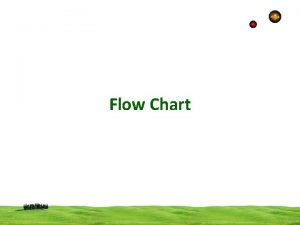Chart Work Online Lesson4 Capt Md Feroz Mostafa









- Slides: 9

Chart Work Online Lesson-4 Capt. Md. Feroz Mostafa Topic: Counteracting Current and CPA and Abeam point

Remembering EP/FIX and SET and Drift • Estimated Position(EP) The calculated position, which a ship is expected to reach after allowing for her course and speed and estimated leeway and the current (set and drift) is called the Estimated Position. Observed Position or FIX Observed Position on the other hand, is the actual true position of the ship, which may be ascertained by any means such as terrestrial bearings, astronomical observations, or the radio aids to navigation. The Observed Position is the most accurate one, because it is based on the actual observations, whereas the accuracy of the Estimated Position will depend entirely on the estimates of the wind and current made by the navigator. SET AND DRIFT OF THE CURRENT The course and till' distance between the D. R. Position and the observed position is the set and the drift of the current during the period under reference, (assuming there is no leewav).

Explanation • • Suppose the ship starts from position A at 0400 hrs. and steers a course of 060" (T) for 64 miles and reaches D. R Position B at 0800 hrs. At 0800 hrs, observed position of the ship is obtained by terrestrial bearings i. e. at "C". Then direction of BC i. e. 125° (T) is the set of current and the distance BC i. e. 6 miles, is the drift of the current from 0400 hrs. to 0800 hrs. Hence the rate of the current experienced is 1. 5 knots. AC represents the course and the distance made good. NOTE It must always be remembered that the set and drift of the current is always from D. R. Position to the Observed Position or FIX

Counteracting Current Problem Question: If you start from a Fix position and want to reach a position 2 miles south of light house F counteracting a current setting 130° X 2 knots. Ship’s speed 12 knots. Steps to Follow; 1. Put Fix position A and cut 2 miles radius from light house F and Draw line Course need to made good AD (082° t). And extend the AD line further ahead 2. Draw the current 130° from A to T and cut rate of current 2 nautical miles 3. From T cut the 12 nautical mile(Ship’s speed) on the ground track. That will be TX. 4. Find the direction T-X to determine Course to steer to counteract the current ( 070°T) 5. Speed made good in this situation is AX. (Be careful speed made good is not AD, it is AX) Note: So 082° is the course you want to make to go from A to D. But to counter act the current you have make 070° T course. So ship will follow the ground track of AD but her heading will be 070° on the same ground track. See next slide for large diagram

Counteracting Current to find out Course to steer(CTS) and SMG (Speed made good) Light House F

Closest point of approach and Abeam distance Now if I ask you when Light house F will be abeam to port and what will be the range of light house while Abeam In this diagram FD’E angle is 70 -90=-20+360=340 is the abeam angle. As because our ships heading need to maintain 070 degree. So D’ point is abeam point and FD’ is range of light house while abeam And Closest Point of approach is 90 degree with ground track FDX angle. That is 082 -90=-8+360=352 degree. That means D is the CPA point and range of CPA is FD Again do you think Abeam point and closest point of approach is same in this case

Time to CPA and Abeam point Answer: You need to divide distance by the ships speed to get time (Now what is ships speed ? ? ? ) So you have two distance, one is AD (CPA distance) another is AD’ (Abeam point distance). Ship speed SMG is AX (It is no more 12 knots) as current push you to increase the speed. So, you can easily see it will be more than 12 Knots So Abeam time: AD’(distance)/AX (Speed of ship) And CPA time: AD (distance)/AX (speed of ship) Now my question to you How you will find time for CPA and Abeam Point ?

Test For you to test, please find following exercise and instruction to complete the task: Question: At 1000 hrs Vessel position, wolf rock lighthouse brg 300(T) X 1. 5 n. m. From this position find out true course to steer to pass Cudden point light house Brg 000(T) X 5 n. m counteracting a current setting 130 (T) X 1 knots. Ship speed 6 knots. Instruction: I have uploaded image of reference chart just to show you the position of Wolf rock lighthouse and Cudden point with ship position and I have also done part of the drawing. Where you will find CMG You can draw similar points on white A 4 paper and draw a free hand solution of rest of the problem. From your free hand drawing try to find approximate course to steer and then show me by calculation what will be the abeam angle of Cudden point which will be at port side of the ship. Again, as you can see from my reference drawing approximate CMG is 045°(T). So, also calculate the angle for CPA on this course. Your Task: Like before freehand draw the whole exercise on a white A 4 sheet and show following: 1. Approximate Course to steer 2. Abeam angle with respect to your approximate course to steer (calculation + drawing) 3. CPA angle as I told you CMG is approximate 045 (T). (Calculation + Drawing). 4. By observing the current direction what do you think the SMG, it will be more than 6 knots or less? Note: Require participation from all of you. write your academy number on top. First 5 correct answer will be rewarded with class attendance mark

Reference Chart
